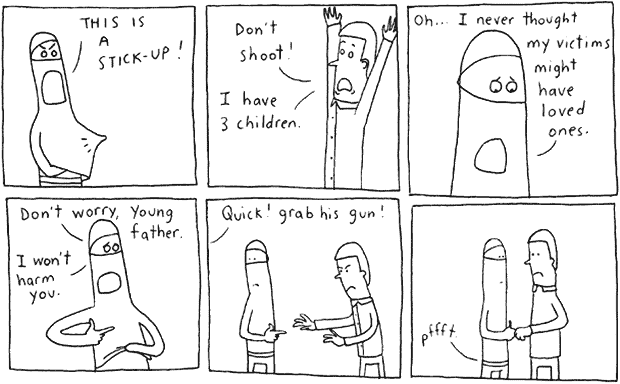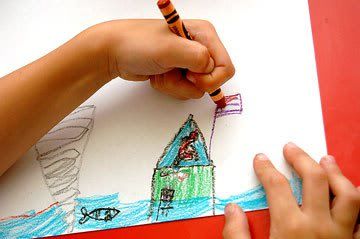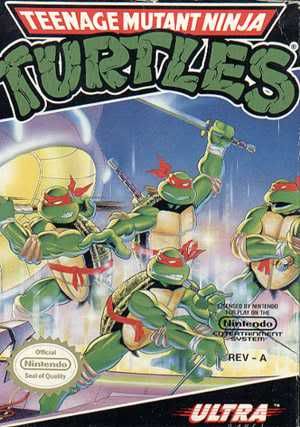
Armed robbery has been prevalent in societies since the dawn of time. The United States has experienced this and indeed had it's dark times from the days of the wild west and highway robbery to the modern age where Somalian Pirates overthrow naval barge filled with tanks. In the United States, robbery was from colonial days a felony punishable by death. As late as the early 1960s, ten states made some forms of robbery punishable
by death. The punishment was far from theoretical, as twenty-four persons were executed for robbery offenses between 1930 and 1962 (Robbery - The History of Armed Robbery).
The Canadian Armed Robbery Training Manuel is a project and a program in order to educate employees and owners of the severity of dealing with criminals of this sort and have the following statement included in their bio of their website:
"Our trainers, Todd Moore and Brian Ken
nedy are veteran law enforcement officers with extensive backgrounds in armed robbery investigations. As a result of their investigative experiences they fully understand the issues surrounding the victimization caused by armed robbery as well as what motivates such individuals to commit armed robbery" (Online Armed Robbery Training).
This "victimization" they are referring to is the psychological trauma that the criminals inflict upon the innocent and the biography even alludes to the warped motives that justifies such an act. Such events and concepts carry along wit
h them contexts and connotations furthered by pop-culture and glamorization of such actions in multiple movies of our times. At what point does our vastly desensitized society come to value scenes as serious as these and seek entertainment through them?

The White Ninja is a character in his own comic strip online and on various social networking sites including Twitter and Facebook. The White Ninja Attempts Armed Robbery comic (pictured above) attempts to send an appeal to their audience's pathos through humor by
depicting contrasting contexts that are juxtaposed within the simplistic typography and caricatures.

The aesthetics of this comic strip are by all means juvenile and appear as if they were drawn by a child. As stated in the Scott McCloud's The Vocabulary of Comics, "But when you enter the world of the cartoon. . . You see yourself". McCloud's book discusses about how he believes that the simplicity and childlike features of comics cause us, as viewers, to relate to said characters. Within "White Ninja Attempts Armed Robbery", the White Ninja and his features are much more simplistic than the Father. This is by no means coincidence and was done in order to cause the viewers to place themselves in the place of the White Ninja. In addition, the panels themselves are no where near perfect squares and appear to be free-handed furthering the simplistic values of the piece as a whole.
Beyond the basic facial characteristics of the White Ninja and the Father, the typography of the panels is just as immature as the characters themselves. The text is short and explicit and is associated to the person speaking it by a line rather than the traditional speech bubble or another mode of comic communication. This form of text allows for emotion through means that offer a further sense of immaturity. The wordplay of the comic is indeed basic and
In the first panel of the comic, the White Ninja is depicted screaming at the Father and showing that he means business. How do we arrive to the conclusion that he is screaming, well the capitalization of all of the words of course. The fact that the White Ninja was seemingly not in control shows both aspects of the piece as a whole. His psychosis, perhaps the trait necessary to be such a criminal, was clearly prevalent but in addition his immaturity shows through thus foreshadowing the foiling of his plot in the scenes to come. Moreover, as we analyze the 5th and 6th frames we notice a repetition as far as the appearance of the panels. The scene shows the Father attempting to disarm the White Ninja, and while in the process, he both realizes that his attacker was never armed and that he had caused him to break wind. While the panels may look similar, this is in fact the turning point for the characterization of the white ninja in which he goes from appearing inexperienced to a more sophomoric appearance.

The events of the comic itself are the last keys that build the hilarity this piece presents. Not only does the audience bring their own connotations associated with robbery, but also the title lends to aid in the appeal. A ninja is often thought of to be stealthy, efficient, and a master of karate. The sheer fact that our White Ninja is attempting to commit robbery with a gun is ridiculous enough and the fact that it is nonetheless a finger-gun makes the scene laughable. The idea that the White Ninja would be ruthless enough to ever be capable of committing such a crime is completely unbelievable. The comic ends with a piece of crude humor that connects back with the childish like humor that the comic is fueled by.
These elements create a contrast between the contexts and emotions usually correlated with armed robbery and the absurdity of such an inept and childish Ninja to be capable of being cynical enough to rob anyone, let alone a father with three children. The "White Ninja Attempts Armed Robbery" comic appeals to its audience's pathos via humor by presenting a juvenile ninja in a primitive scene attempting to carry out a ruthless crime that furthermore closes with crude comedy. Comics are created for various purposes, whether it's to shed light on a political situation overseas or just a simple fart joke, in any case, cartoons and comics allow audience members of any age to relate to simplistic values and universally relatable characters.
Works Cited
Bevan, S, and K Earle. “White Ninja.” Comic strip. white ninja comics. Sparrowhaus Design, 2002. Web. 29 Mar. 2010. .
Online Armed Robbery Training. Canadian Armed Robbery Training Associates, n.d. Web. 29 Mar. 2010. .
Robbery - The History of Robbery. Net Industries, 2010. Web. 21 Mar. 2010. .
No comments:
Post a Comment